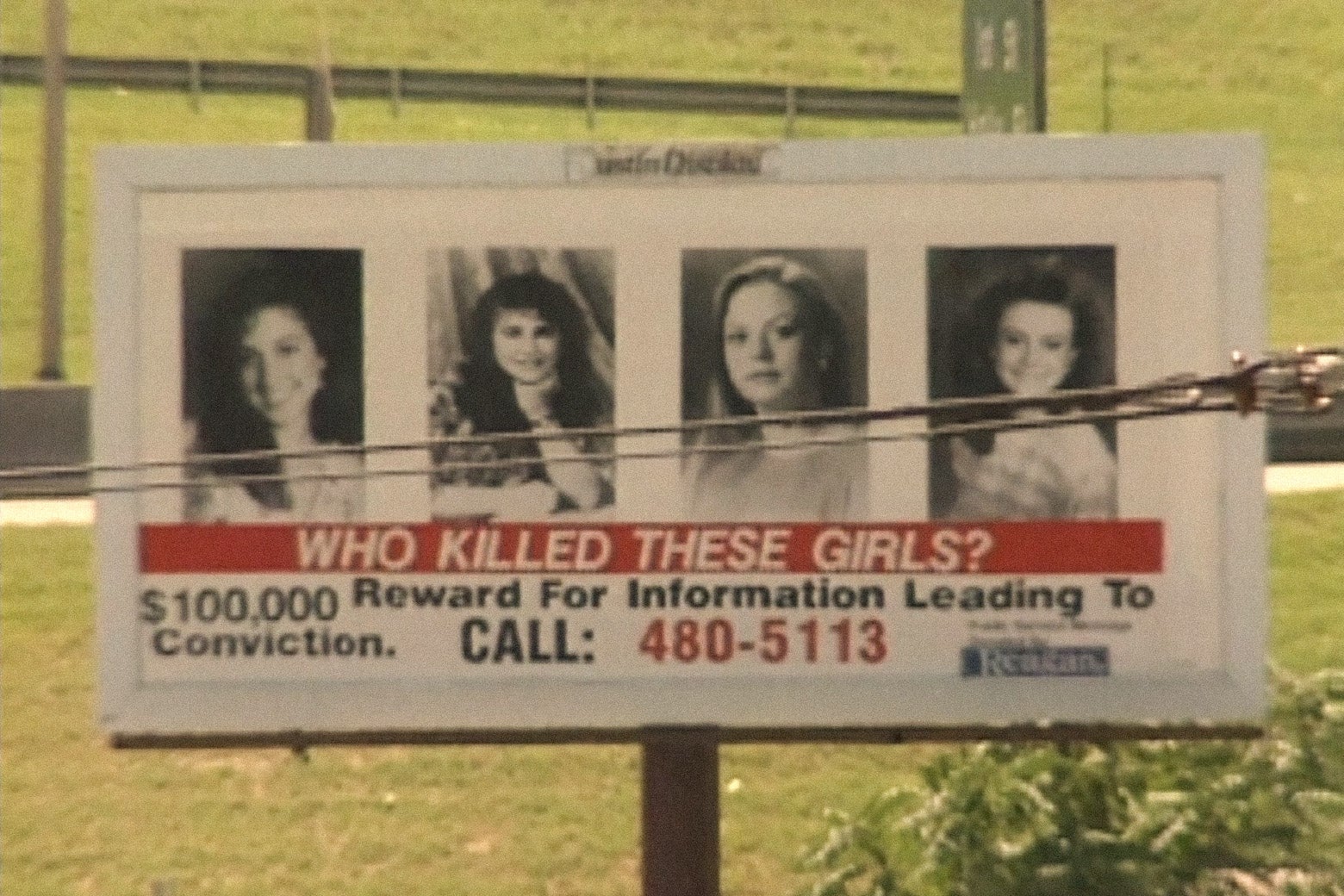
"The murders of Jennifer Harbison, Eliza Thomas, Sarah Harbison, and Amy Ayers on December 6, 1991, in Austin left an indelible mark on the community, reflecting the shocking brutality that such a crime evokes even in seemingly mundane settings. After being bound, gagged, and murdered, the girls' bodies were set ablaze, a horrific act that shattered the town's sense of safety and norm. This incident transformed not only their families but also how the broader Austin community perceived itself, as the once-sleepy town faced the reality of such brutal violence in its midst. As the documentary series 'The Yogurt Shop Murders' revisits these events, it seeks to examine the lasting trauma experienced not only by the victims' families but also by the entire community."
"Margaret Brown's documentary series serves to explore the profound impact of the yogurt shop murders, investigating the deep emotional scars that remain and the legacy of fear and trauma within the community. What happened in that store some three decades ago still sends shockwaves, illustrating how a single heinous act can haunt and redefine a community. In navigating the narratives of the victims' family members and the community's responses, the documentary captures the complexity of grief and the long-term effects of one of Austin's most harrowing tragedies."
"Claire Huie's comments in the documentary shed light on the attitude of the Austin community before the murders, illustrating that such violence felt alien in their environment. The sentiments of shock and disbelief, coupled with a paradigm shift in public perception, prompted a reevaluation of safety and trust in a city that, until then, had not faced such alarming crime. The cultural narrative was indelibly altered, revealing the impact of fear in the collective consciousness and how it changed the lifestyle and interactions within this once-peaceful location."
"The phrase 'it just doesn't happen in a yogurt place' captures the inescapable horror of the murders. The juxtaposition of a crime of such heinous nature occurring in a familiar, everyday setting underscores the shocking contrast that fuels the enduring trauma in the community. As the documentary unfolds, it emphasizes that the memories of those lost that night continue to resonate, serving as a powerful reminder of the fragility of safety and normalcy, forever etched in the memory of Austin."
On December 6, 1991, four teenage girls were brutally murdered in a yogurt shop in Austin, Texas. The crime, characterized by its horrific nature and shocking location, left the community reeling. The documentary series 'The Yogurt Shop Murders' examines the lasting impact on the victims' families and the broader community. It questions how such an act of violence, taking less than an hour, reshaped the narrative of safety and normalcy in Austin. The series highlights the trauma endured by those affected and offers insights into the changes in community perception following the murders.
Read at Slate Magazine
Unable to calculate read time
Collection
[
|
...
]